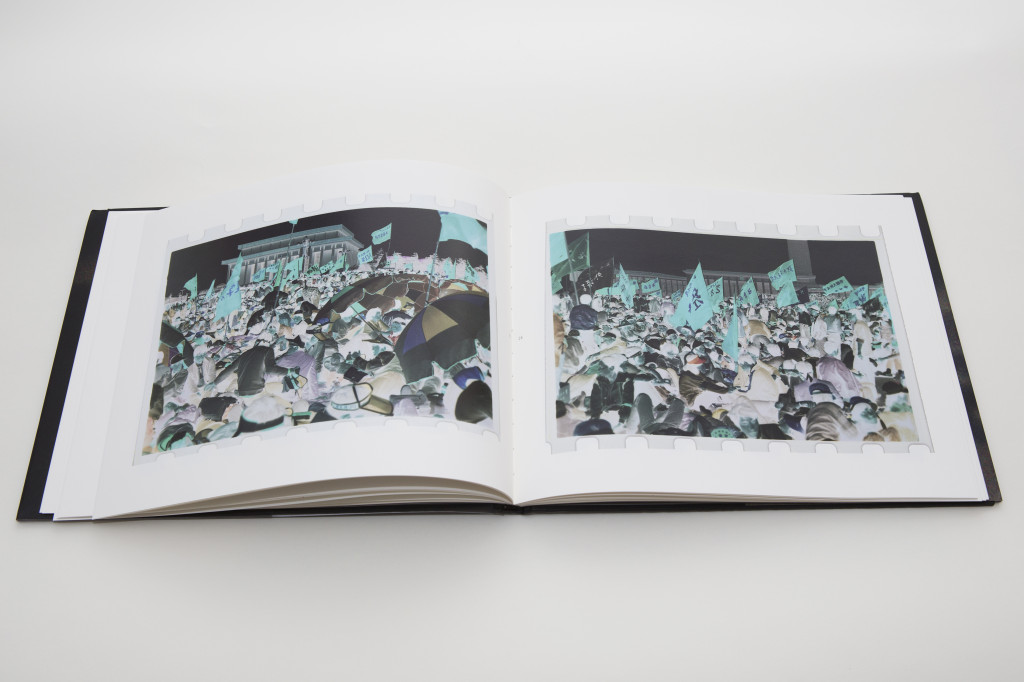
The main artistic concept of Negatives is on the change in photography as a medium, or a reflection on the digital photography of today. These changes– as well as those things that remained unchanged– all reflect the environment that I am in now. However, during these years, photography itself has changed drastically digital photography replaced the traditional film photography as a means of documenting lives and events in the new era, and online videos replaced the functions of traditional print media as a means of circulating and documenting news and information. These traditional negatives lay deep in my cabinets for a quarter of a century, unchanged by time. Xu Yong / Negatives is a collection of images that I took during the Tiananmen Square Incident and involves one of the most sensitive political issues in China. You have kept these pictures that you took at the Square away all these years, only publishing them in the photobook Negatives this year.

VOP / It has been 26 years since the 1989 Tiananmen Square Incident. This article originally appeared in Voices of Photography issue #15. Before we started our interview, the 61-year-old Beijing resident sought for our understanding for his being conservative in his answers to our questions… Perhaps just like the negatives, history itself is also still waiting for a chance to be re-visited, inverted and interpreted. After 26 years, “89 Student Protest” and “Tiananment Square Incident” are still taboo topics in China. The book, Negatives, was soon banned in China. These historical images that document the biggest democracy movement in contemporary China were kept away for more than a quarter of a century, then finally published as a photobook in the form of negatives. The 35-year-old Xu Yong witness history on Tiananmen Square in Beijing, standing amongst the student protesters with a camera around his neck.

© Xu Yong | courtesy the artist The year was 1989.


 0 kommentar(er)
0 kommentar(er)
